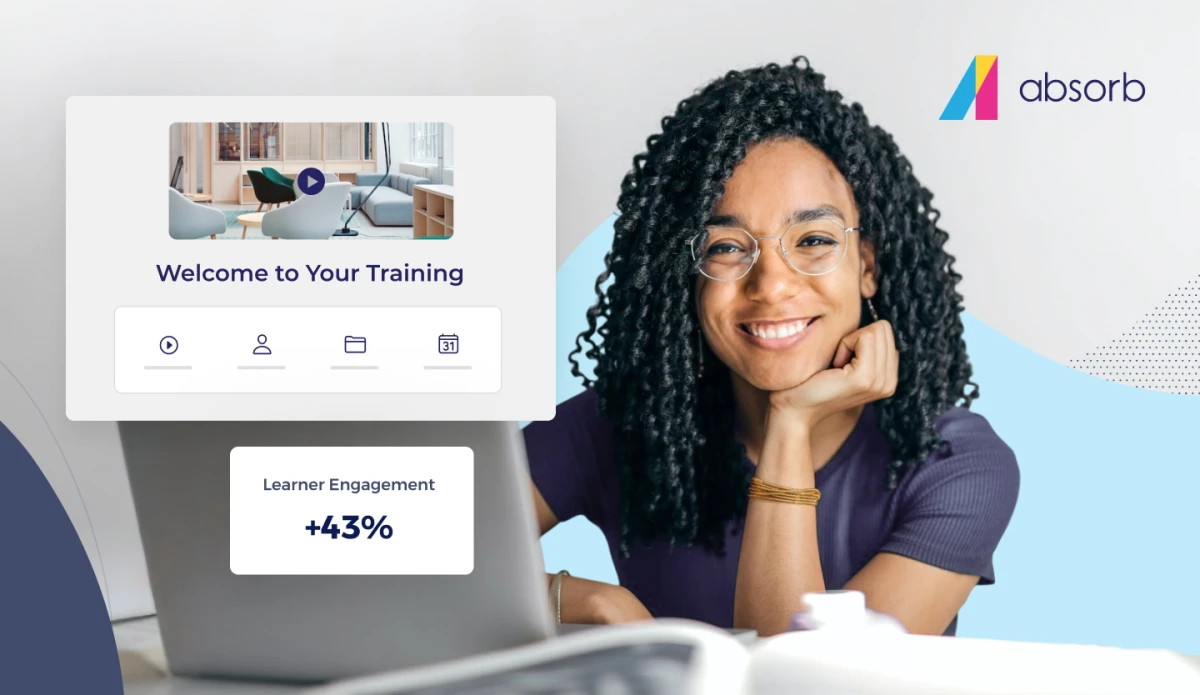Learning leaders understand developing strategies for learning includes using a variety of media and modalities to fit the needs of the people and business. These media and modalities target high-level learning and organizational outcomes. However, microlearning as a delivery modality is often created without thought to targeted outcomes. It's true microlearning is small bite content. However, there is more to it than just being "small." Think of microlearning as short bursts of focused, right-sized content to help people achieve a specific outcome. Microlearning is content designed to be easily consumable, ideally within the flow of work, solving a specific pain point; thereby, minimizing the disruption of an employees' day-to-day operations. The microlearning examples below will show how effective planning, when connected to a larger business goal, can help you address a specific pain point.
Don't think small; think targeted
Microlearning is not just small bites of content, but appropriate content. A common myth is microlearning is all about the length of time, i.e. a three minute video. It's not. Microlearning is about tailoring content to specific contexts of need. As a general rule of thumb, microlearning content should be as long as necessary and as short as possible. That said, microlearning is not a one-size-fits-all solution. Just because we can create it, doesn't mean we should.
What problem are you trying to solve?
When determining whether your program is best suited for micro-delivery, beginning with the end in mind is key. Plan to target your microlearning content to specific outcomes to help people do the jobs they need to do when they need to do them. If you plan to target training support, understanding the context of need will ensure your solution fits. The key to microlearning is to help people within their workflow.
Learning in the flow of work
As Deloitte tells us, people only spend 1% of their time during the workweek focused on training and development—that's 24 minutes a week. Between endless streams of emails and meetings, it's no wonder our brains are exhausted. The last thing people need is to break away from work for a training program that may or may not help with day-to-day activities. This means the learning provided must be readily accessible, relevant and purposeful. Below are a few microlearning examples, some low-tech and some high-tech, all relatively easy to implement.
- Business goal: Rapid ramp-up to increase revenue. Solution: Chatbot implemented to the sales team providing ongoing learning reinforcement for a new product rollout.
- Business goal: Help health care workers communicate the importance of healthy eating. Solution: Series of infographics provided to workers to reinforce the nutritional guidelines they should share with clients.
- Business goal: Decrease new employee turnover. Solution: Augmented reality application created to assist with the onboarding process, providing instant answers to new hire questions.
Another great microlearning example from which to draw inspiration is Google's "whisper courses" method used for manager training. This likens microlearning to a whisper in a manager's ear. Google views microlearning reminders as a nudge rather than an official mandate. Short, spaced lessons help busy people retain what's important.
Proper planning for the win
Keep in mind:
- Don't let strategy and planning fall victim to time.
- Know the business problem you are trying to solve or support.
- Microlearning should be consumed within the flow of work.
Starting with proper planning will help ensure the context and content meet the goals. As a result, you then provide people with richer and more relevant help.





